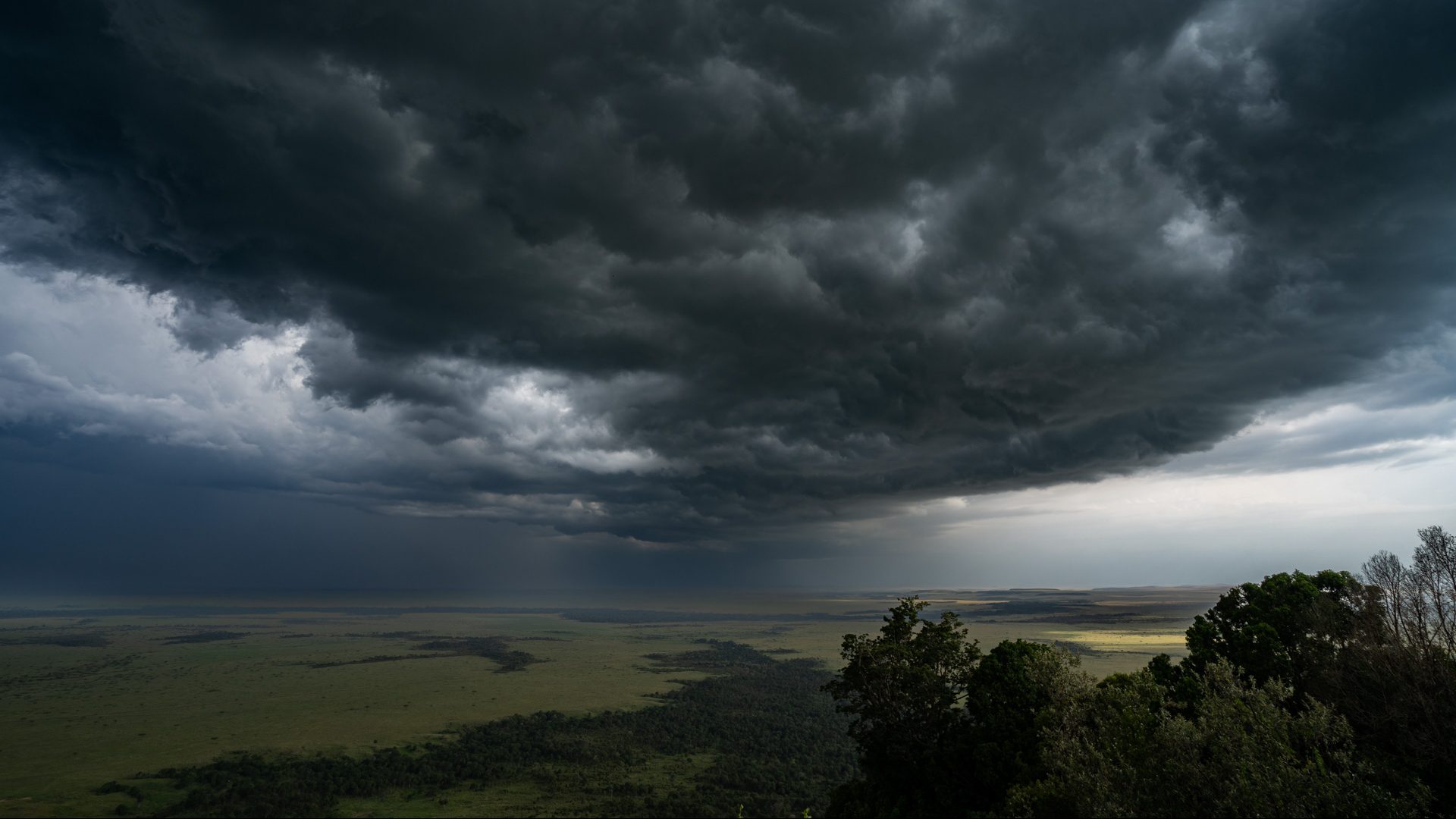
With most parts of the country experiencing a long period without rain, we are so lucky here as the past week we have seen heavy rains in the evenings and at night. The park is lush and green with tall grass and I particularly enjoy doing photoshoots with our guests in it. We try to make the most of morning game drives now as the afternoons are never guaranteed. After the rains overnight, the morning sunrises are as beautiful as can be as the sun starts peaking from the horizon transforming the plains into a golden misty bliss.
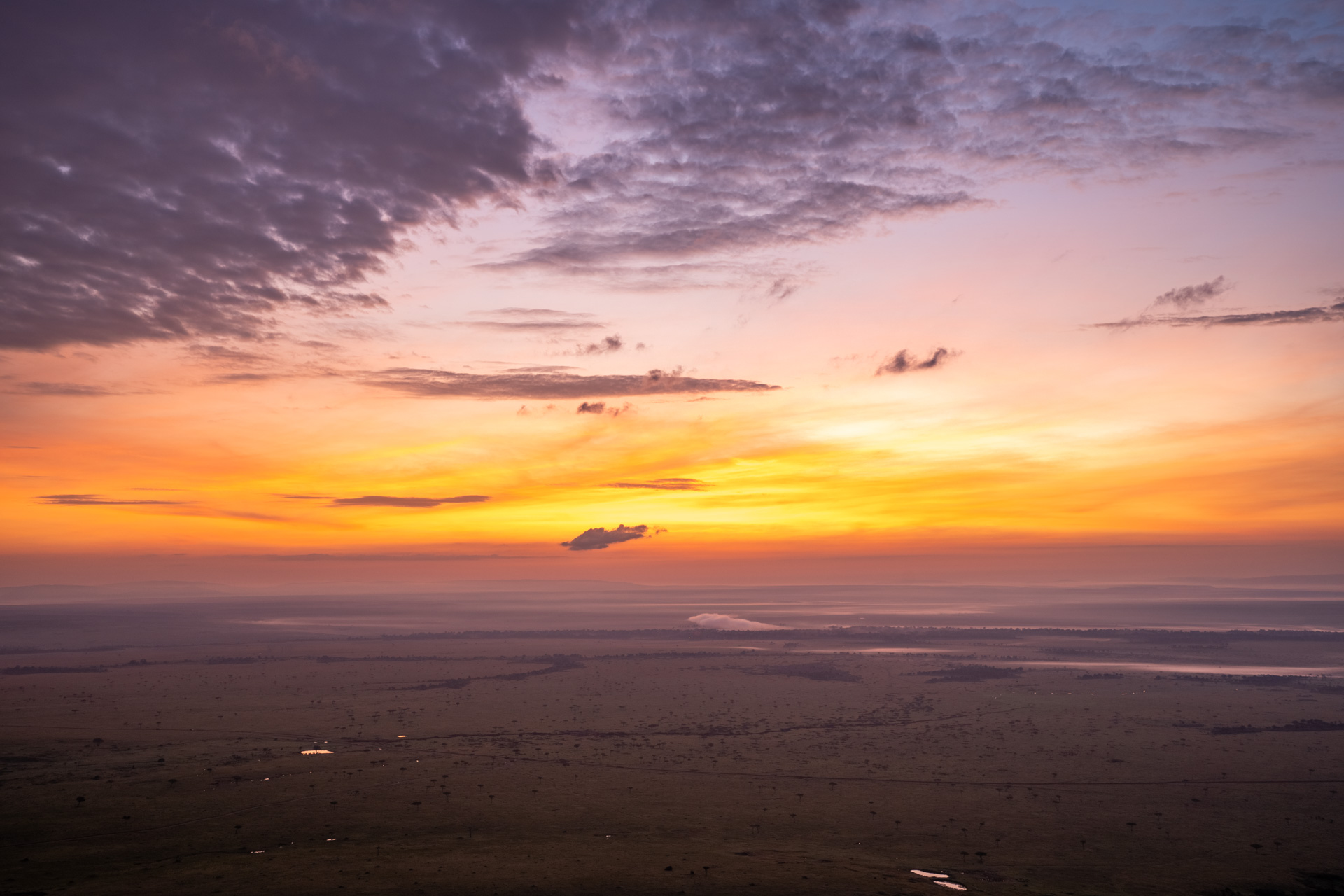

The sunshine brings out the joy and energy from all the animals as I enjoyed these impalas displaying their finest jumping skills. These antelopes can jump up to 10ft high and are mostly meant to confuse predators but with none in sight, these fellas were simply putting on a show and a grand one at that.
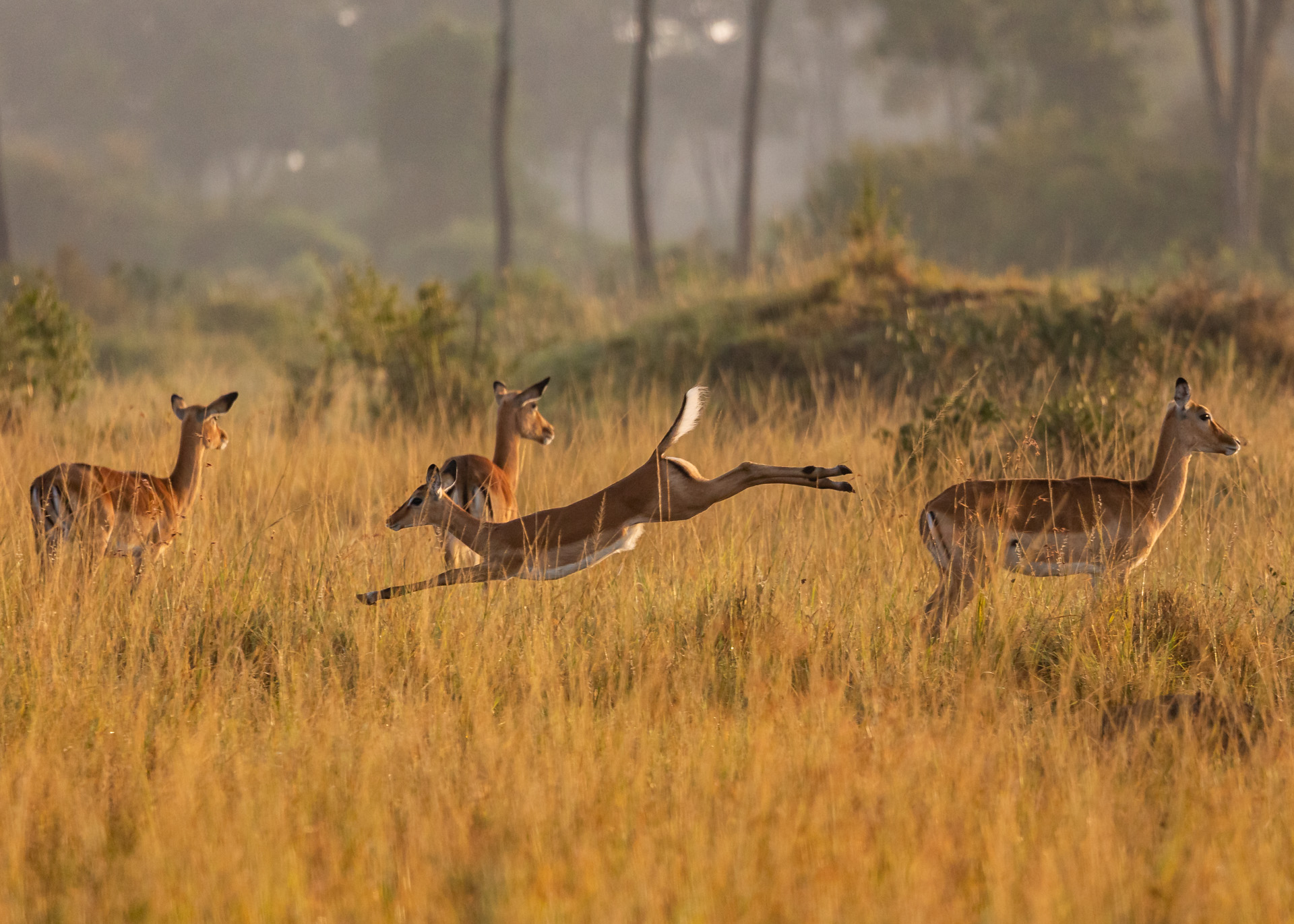
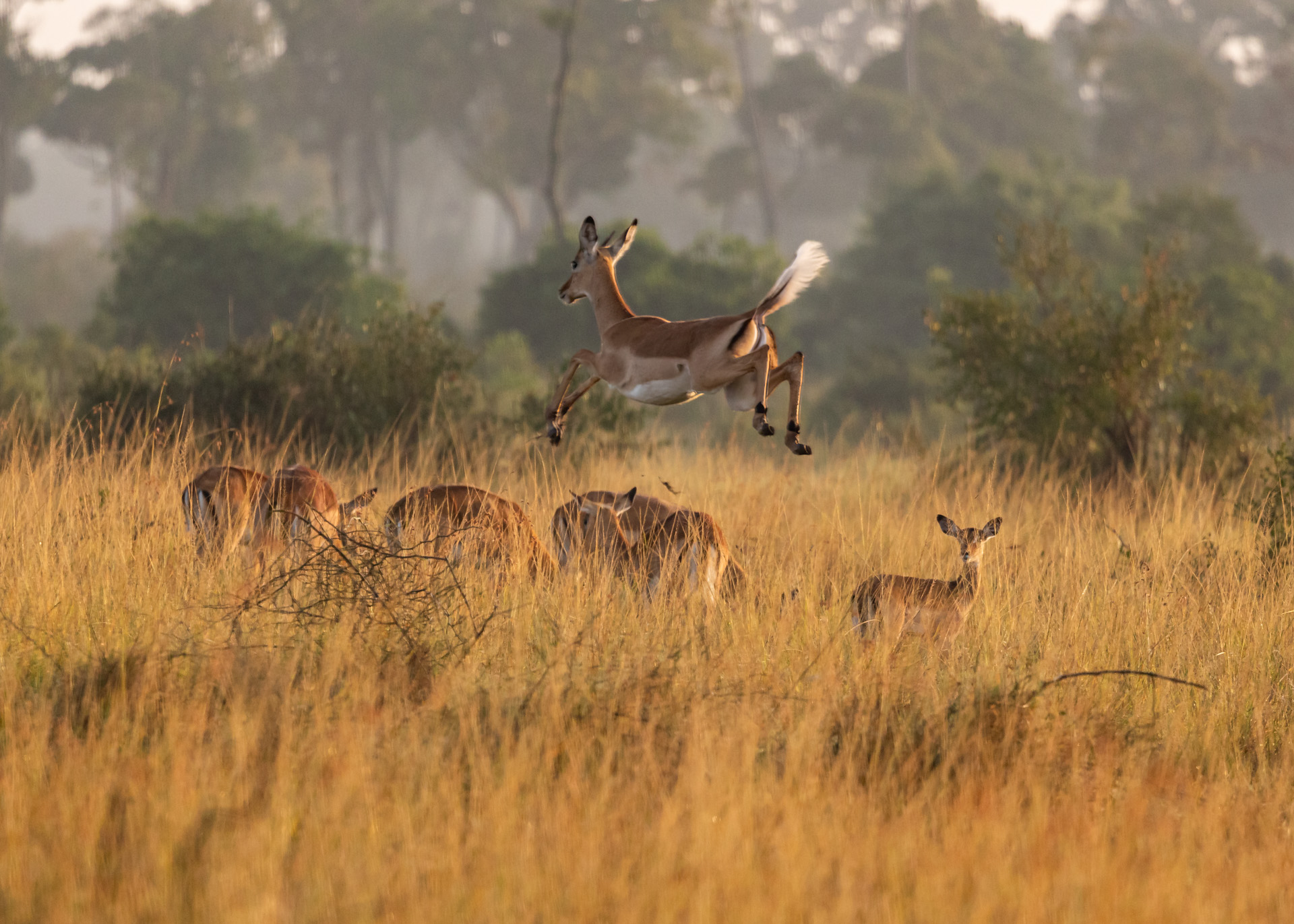
Last week, we were able to confirm that the lone Angama Pride lioness had lost three of her four cubs to a strange male we highly suspect came from Tanzania. This happened because the father of the cubs — the Bila Shaka males — have been spending longer periods across the Mara River, leaving the area open for takeover. With one cub still alive, the lioness did not reciprocate his advances to mate but vehemently protected the remaining cub.

After his unfruitful pursuit, this nomadic male moved back south and was seen trying to cozy up to the Owino Pride. They don't seem very impressed by him and he keeps to the outskirts of the Pride. We are all but sure the missing lone cub of this small pride met the same fate since this guy (the 'cub-killer') has been around. Such is the fate of young cubs when they are left unprotected near strong males.
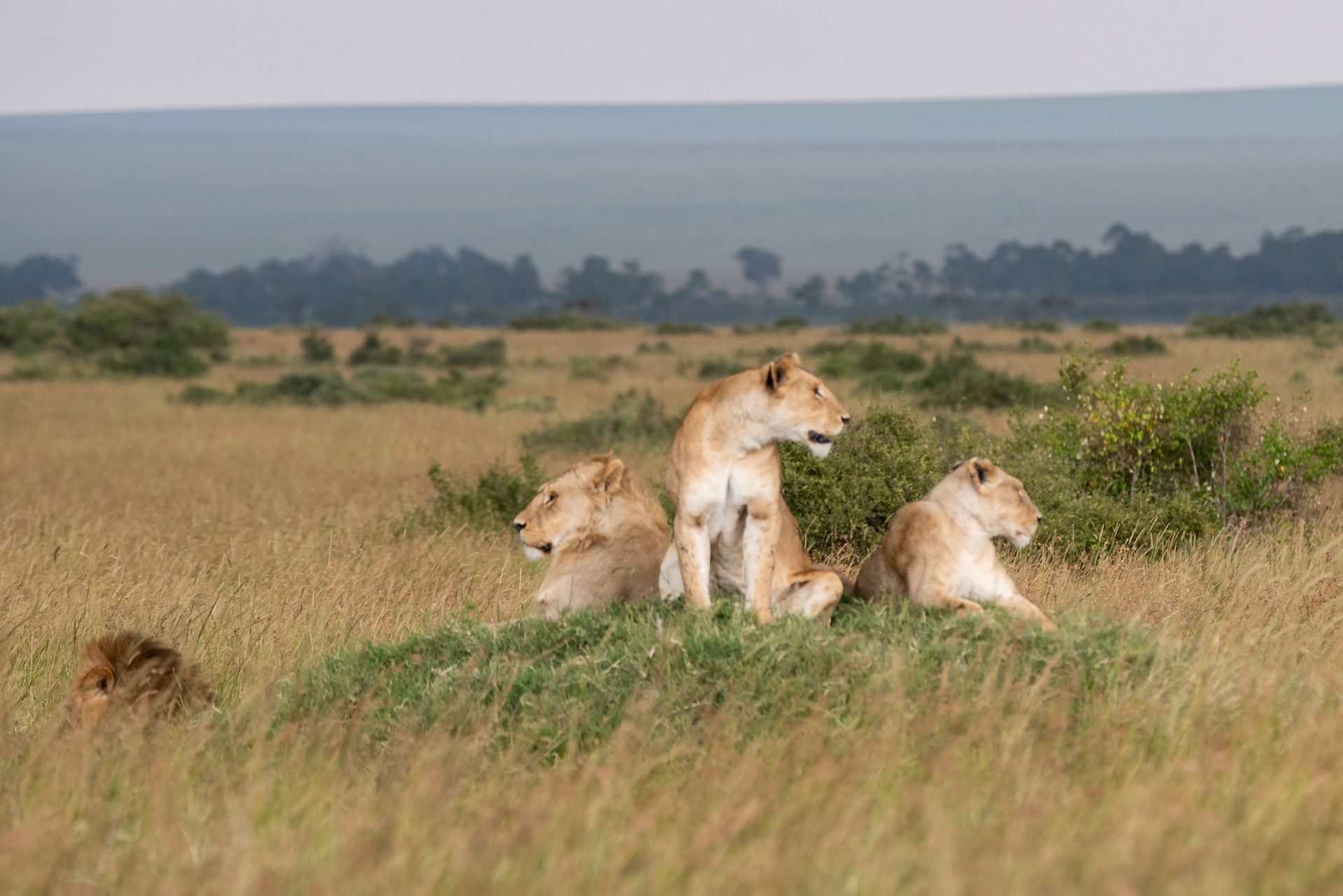

It's not all doom and gloom for the cubs of the Mara however, we caught up with the tiny cubs of the Egyptian Pride this week, counting three adult females with five little ones. The winners of The Greatest Maasai Mara 2022 were here this week on their five-night prize and were able to capture a hunt. They were gracious enough to share this awesome photograph with us for our weekly blog. The Pride successfully took down a topi and settled down for a good chow.
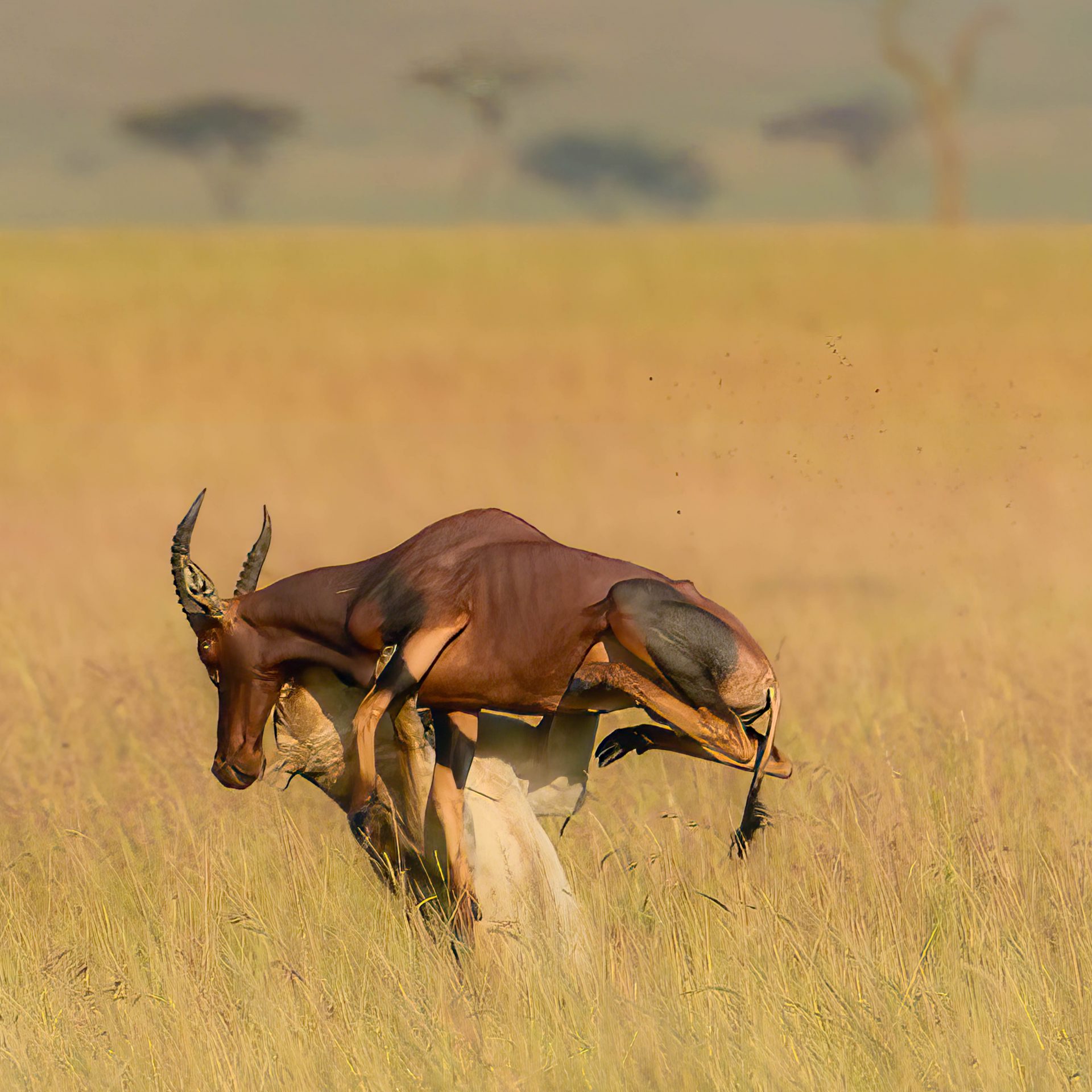
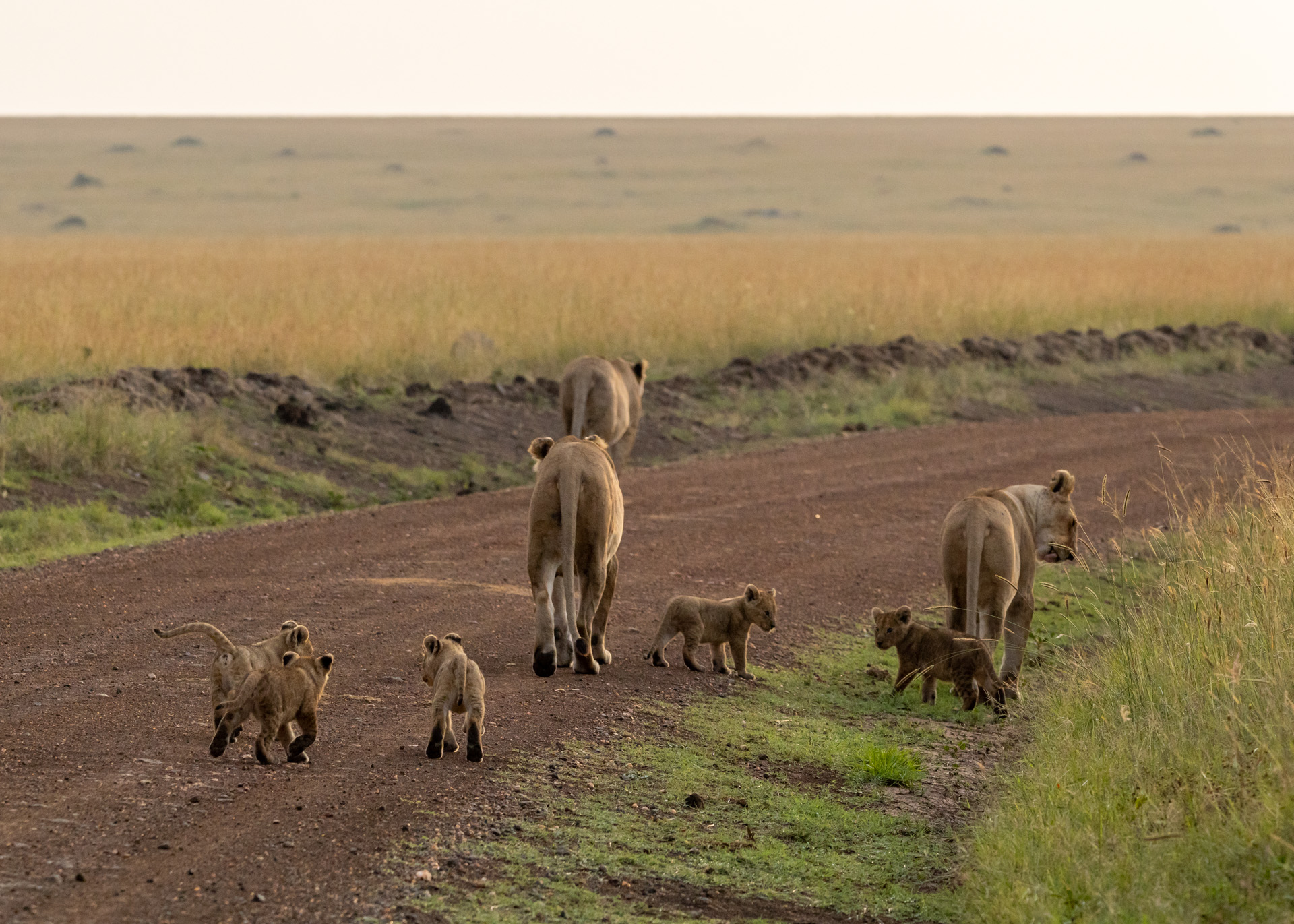

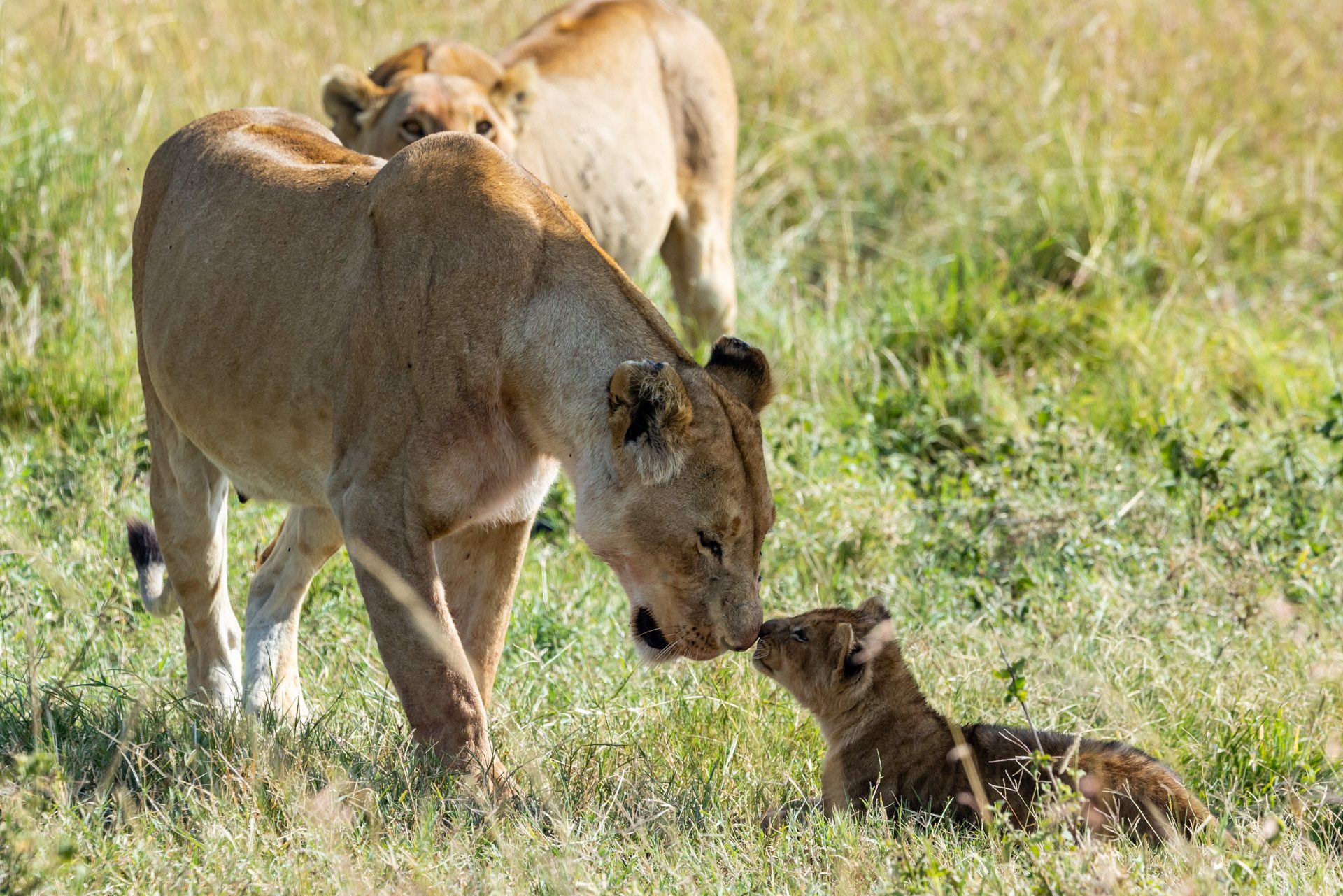
Not far from where the Egyptian Pride females were busy devouring their kill, four Nyati males were squabbling over the remains of a zebra foal they had caught. Having quickly dispatched their small kill, I found them licking their blood-stained paws.
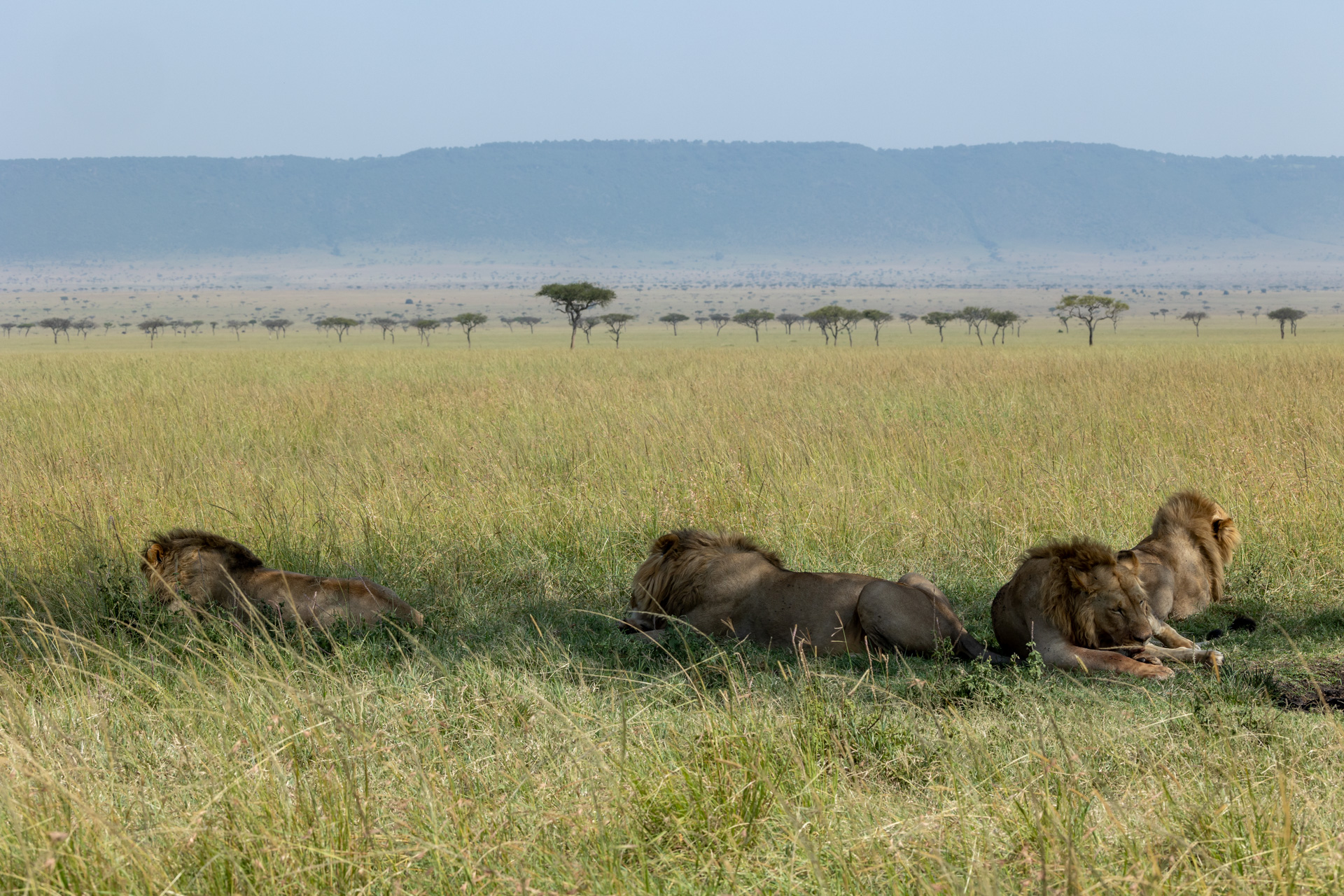
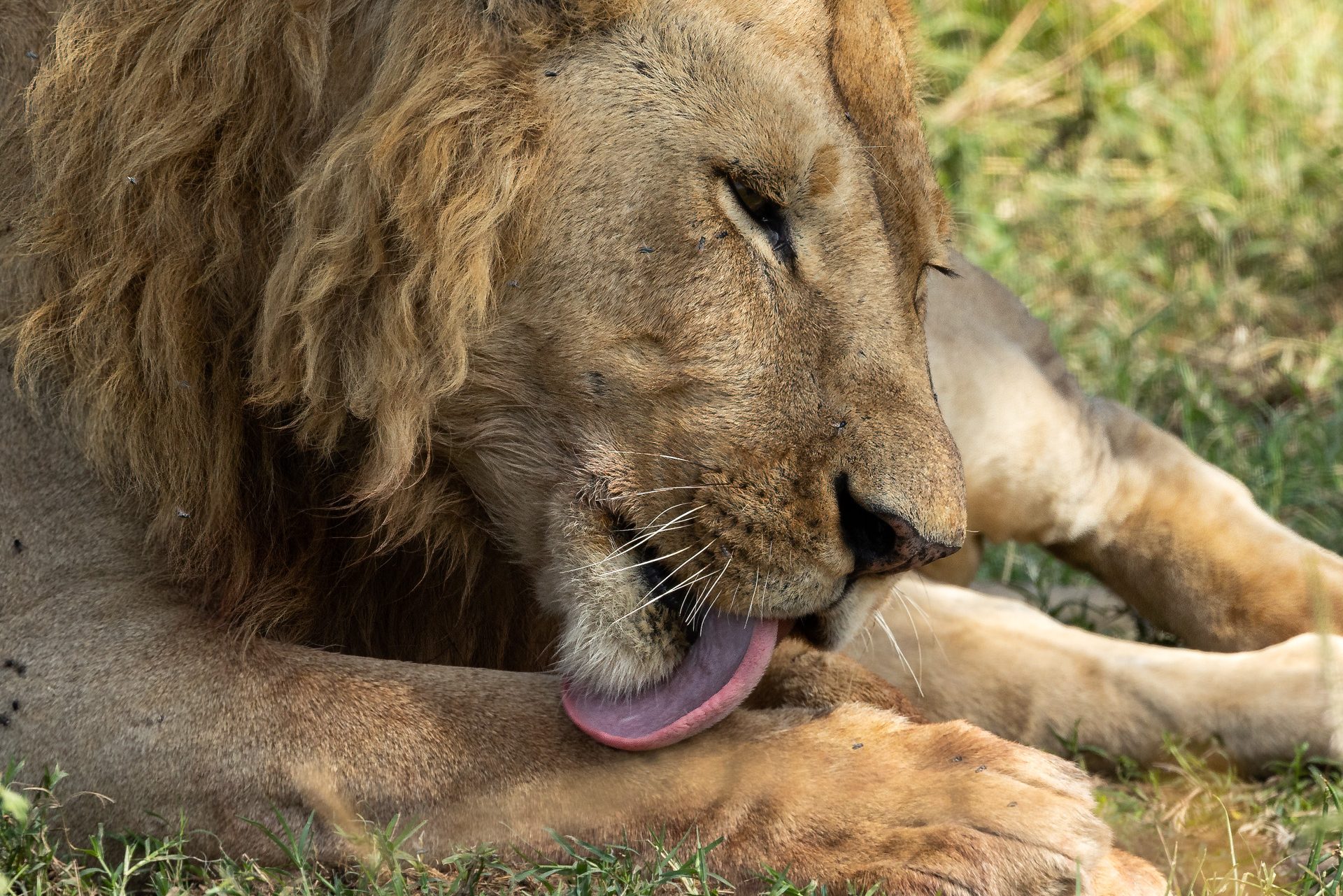
We are happy to report that Risasi and her remaining two cubs are doing fine after they were spotted along the border of Kenya and Tanzania. Over the last few days, she has been on the Tanzanian side and we suspect it’s because she's put off by the tall grass in the Triangle as a result of the rains. The cubs are so much bigger now — almost the size of their mother — and whether on this side of the border or the other, we are always glad to see them alive well.

We also caught up again with Risasi’s brothers who are also back in the Triangle, chilling under a tree from the heat of the day. The two boys looked relaxed and well-fed. The elephants have also been enjoying the shade when the sun is at its hottest — this little herd was paying a visit to Steve's fig tree.
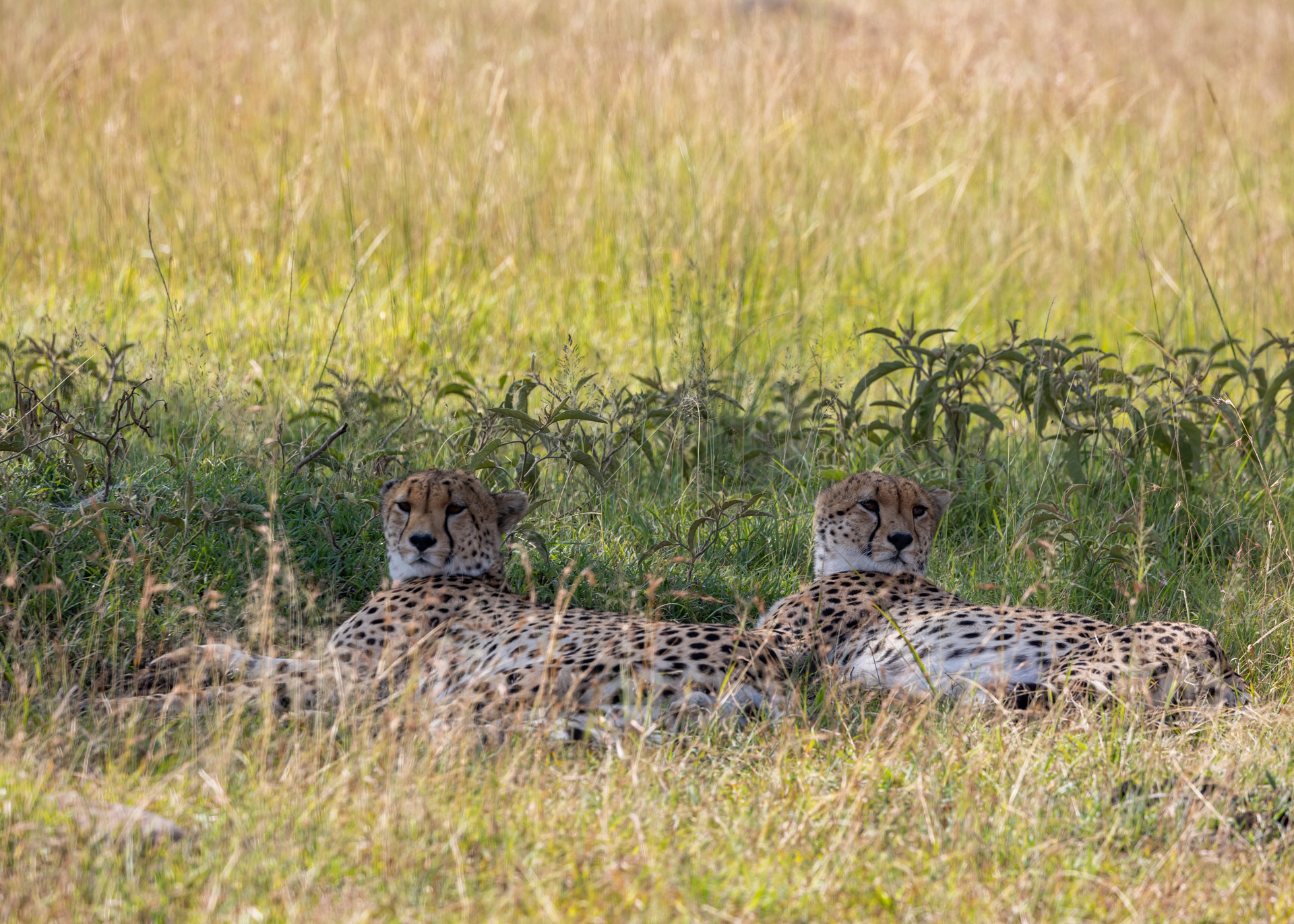


Last year, Robert marvelled at the cunning of this female who, although looking a bit testy, was mating with two of the Nyati males. This is a clever strategy used to safeguard the future of their cubs, as both of the males will think any offspring could be theirs and are more likely to protect them — or at the very least, let them survive — which, as we've seen this week, is not always a guarantee.
Filed under: This Week at Angama
Subscribe for Weekly Stories
Comments (0):

Hot-air Ballooning